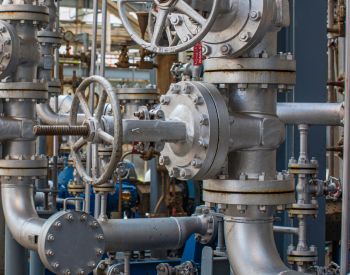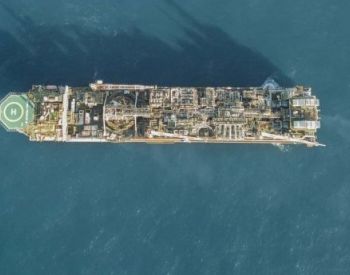Client
Anonymous
Asset
Multiple fixed and floating production units and onshore processing facilities
Result
A net reduction in maintenance time of 74,000 hours across all assets with an associated reduction in OPEX of £26M per year (27%).
Client Challenge
Our Client, a top ten producing company on the UKCS, had previously put in place a number of initiatives to adapt to the fluctuating price of oil, while striving to improve efficiency, reduce operating expenditure and maximise the economic viability of fields by lowering the per-barrel lift cost.
However, these initiatives had historically been conducted independently by the assets, each with their own focus and with little in the way of central alignment or consistency delivered at an organisational level review. Our client required a preventive maintenance (PM) review across a portfolio of assets; a major component of asset OPEX.
How we helped
The scope of work covered seven production platforms, one FPSO and two onshore mid-stream processing facilities - the starting level of PM activity totaled some 390,000 hours per year.
The programme focused on reviewing the optimisation and alignment of PM activities and intervals, addressed the duplication of tasks, restructuring where necessary, the considerable maintenance backlog hours and considered taking back in-house tasks that were within the capabilities of core-crew, which had been let to third-party vendors.
Using data downloaded from our client’s maintenance management system, a comprehensive review of the distribution of maintenance hours-per-year was developed in a Facility Analysis report. From this data set, informed decisions were made that identified thematic categories of equipment types which were considered to be main candidates for optimisation. The programme covered the following categories, varying by asset:
• Fire and gas detection
• Electric motors
• Pumps
• Rotating equipment
• Cranes
• HVAC
• Metering
• Condition monitoring
• Vendor costs
• Operations
• Backlog review
• Drilling
• Ex inspections
• Redundant equipment
• Pressure safety valves
• Structural inspections
• Pipework and vessel inspections
• High frequency PMs
The programme was based on two main threads:
- Proposed changes based on logical restructuring, removing duplication, challenging PM value, reassessing PM durations and reversion of vendor tasks.
- Proposed changes based on PM interval calculations that take into account equipment criticality, asset reliability data and either: the built-up cost of failure or a required level of performance for safety critical PMs.
To assure consistency across the aging asset-base, the scope of work was delivered by a small set of our highly experienced, multi-disciplinary reliability and maintenance consultants. All safety critical review work was conducted in-line with the asset’s operational performance standards.
PM intervals were analysed using software developed for the upstream offshore oil industry. The same methodology and software is equally applicable in other high risk, capital intensive process industries, such as refining, petrochemical, renewables and manufacturing, enabling asset owners and operators to tailor their maintenance strategies and project manager can adapt their plans to suit their specific risk and commercial context.
Powerful Results
All analysis was subjected to rigorous scrutiny directed through the Client’s Technical Authorities and engineering specialists. The programme resulted in the identification and implementation of changes that brought about a net reduction of 74,000 maintenance hours for those specific areas covered. This translated to a recurring, year-on-year 27% reduction in OPEX of £26M.


